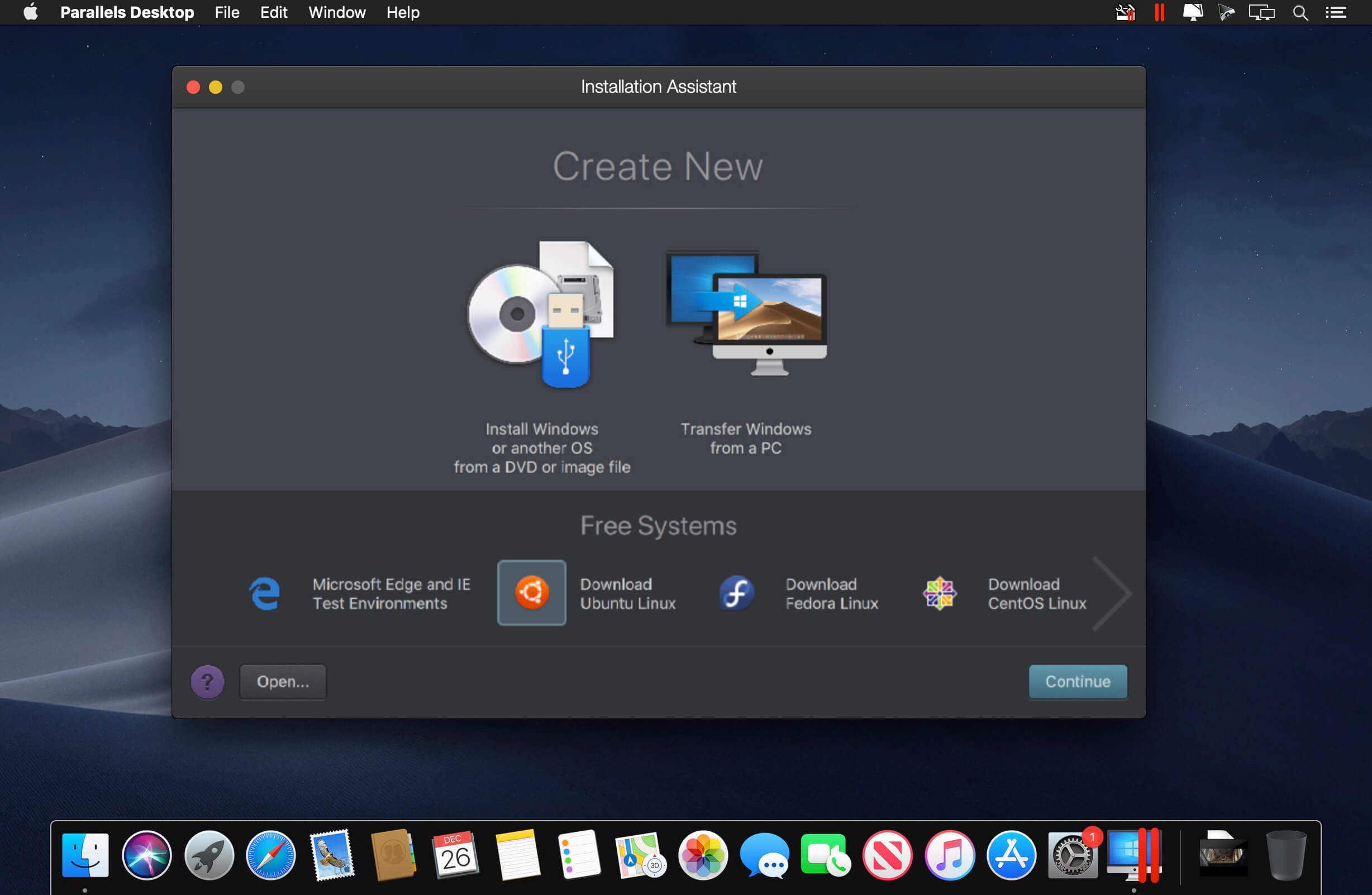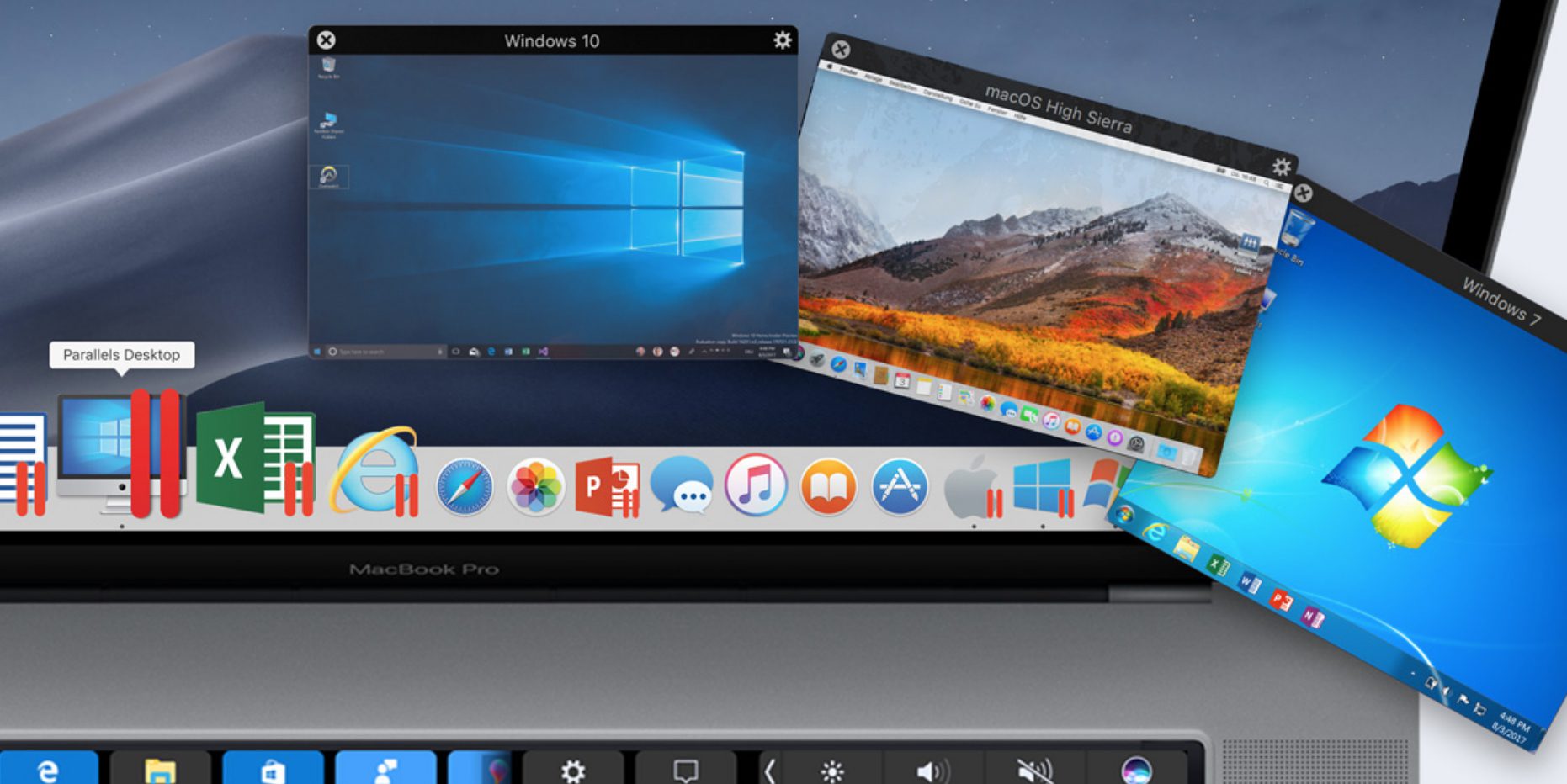

- #Quit parallels desktop mac install#
- #Quit parallels desktop mac full#
- #Quit parallels desktop mac free#
- #Quit parallels desktop mac windows#
To ensure that another user can't access your Windows account, set windows to shut down or stop (rather than suspend). And if you close the Parallels Desktop window, Windows shuts down according to how it's set in shutdown settings. Open Parallels Desktop and start the virtual machine. If not, click the cogwheel icon > select Quit. Open Activity Monitor.app and make sure that prldispservice process is quitted.
#Quit parallels desktop mac install#
Once automatically suspending Windows is disabled, each time you quit Parallels Desktop you can specify how you want Windows to shut down. To stay protected, download and install a genuine copy of Parallels Desktop for Mac. Can you please shut down Windows virtual machine properly, quit Parallels Desktop 14 for Mac, reboot your Mac into Recovery mode, run First Aid, restart your Mac back to the normal mode and then start Parallels Desktop to check if that works. Select On Quit: Disable Resume for Parallels Desktop.If the Parallels Desktop menu bar is visible at the top of the screen, choose Parallels Desktop > Preferences, and then click General.Option-click (Alt-click) the Parallels icon in the menu bar and choose Preferences, and then click General.To disable automatically suspending Parallels Desktop: To avoid this, you can disable automatically suspending Parallels Desktop.

If more than one person uses Windows on your Mac, then a user can access the account in Windows suspended by the previous user. If you are using OS X Lion or OS X Mountain Lion, by default when you quit Parallels Desktop Windows is suspended, and the next time you open Parallels Desktop Windows resumes exactly from where you left off.

Important: When you stop a virtual machine this way, none of your data or progress is saved.Disable Automatically Suspending Windows Disable Automatically Suspending Windows To stop a virtual machine and all open guest OS programs immediately: To shut down a virtual machine, do the following. On your Mac, open the Activity Monitor application from Finder -> Applications -> Utilities and find the following process: In Parallels Desktop the process. All guest OS programs close, giving you the opportunity to save your progress if necessary, and the guest OS stops running. Shutting down a virtual machine in Parallels Workstation is just like shutting down the guest operating system on a PC. To resume using the virtual machine after pausing it, do the following:
#Quit parallels desktop mac free#
You can temporarily pause from using the guest OS and free your computer's resources, such as RAM and processor cycles, to be used by your host OS programs by doing the following:
#Quit parallels desktop mac full#

If the virtual machine is working in Window, click Virtual Machine > Suspend in the Parallels Workstation main window. Shut down your virtual machine and quit Parallels Desktop.You can also suspend the virtual machine without quitting Parallels Workstation by doing one of the following: The next time you start the virtual machine, you resume your progress from exactly where you left off. Close the Parallels Workstation main window.Suspending a virtual machine conveniently freezes all running guest OS programs and settings in their current state. There are a few ways to stop the virtual machine. Or you may want to stop the virtual machine from running so more of your computer's resources are available for your host OS applications. When you're finished using guest OS programs, you can leave the virtual machine running as you work with your host OS applications.


 0 kommentar(er)
0 kommentar(er)
